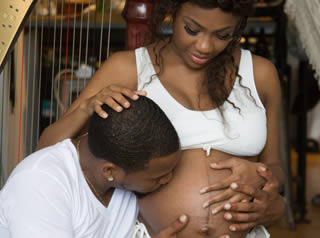
The Femina Physical Therapy Blog
Featuring original articles by our staff about current events and trends
Explore our insightful blog articles on pelvic health, where we delve into essential topics that empower and educate. From understanding pelvic floor disorders to strategies for conquering infertility, our content is designed for those seeking knowledge and support. We discuss the latest research, expert advice, and practical tips to enhance your well-being and foster a deeper connection to your body.
Featured From the Blog:
Understanding Relaxin: Why It Doesn’t Cause Pain in Pregnancy
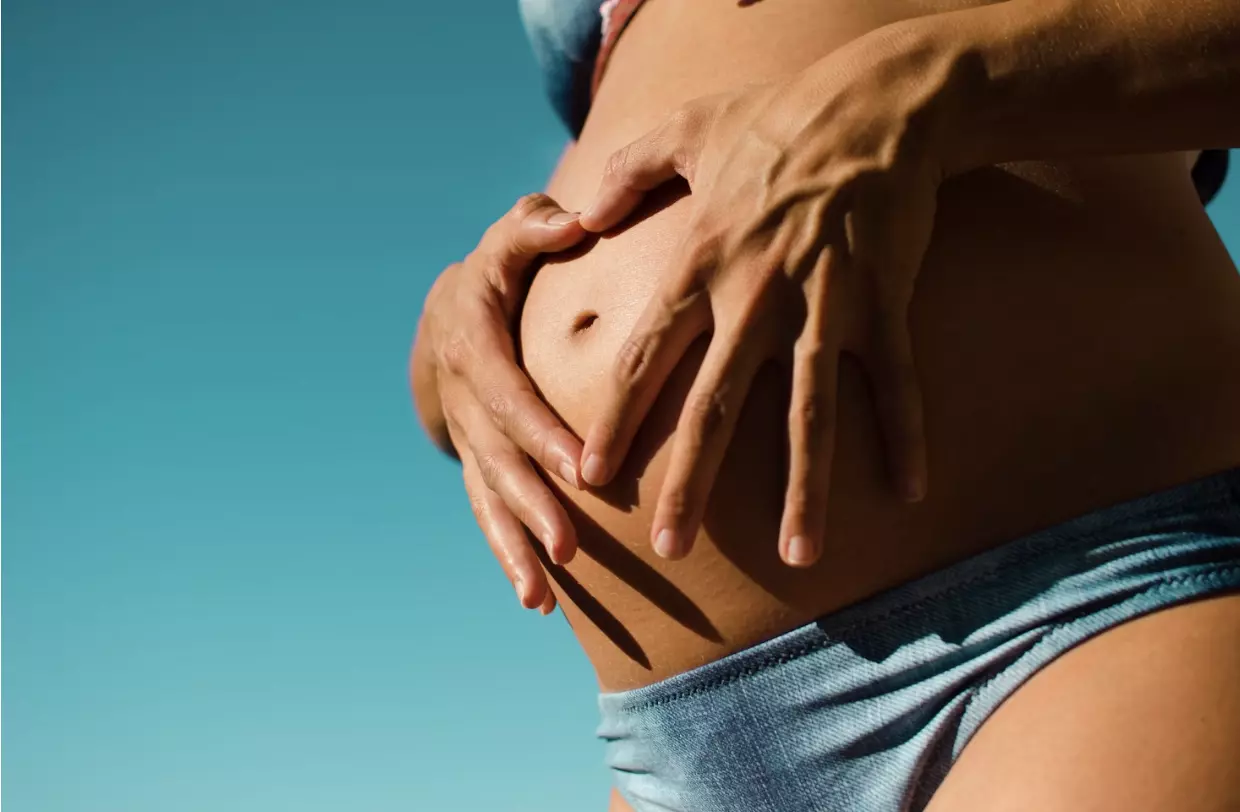
Pregnancy is a time of significant physical and hormonal changes, and among the many hormones involved, Relaxin plays a crucial role. However, there’s a common misconception that Relaxin is responsible for pain during pregnancy. Let’s take a closer look at what Relaxin does and why it doesn’t directly cause pain.
What is Relaxin?
Relaxin is a regulatory hormone involved in growth, metabolism, and tissue remodeling after an injury to our bones, ligaments, muscles or tendons (Dehghan 2014). During pregnancy, Relaxin levels begin to increase in the first trimester to help the body prepare for childbirth by relaxing the ligaments in the pelvis and softening the cervix (Aldabe 2012, Daneau 2014). The ligaments of the pelvis will begin to relax around the 10th-12th week of pregnancy (Aldabe 2012). This process allows for greater flexibility in the pelvic area, facilitating delivery and accommodating the growing baby.
Read more: Understanding Relaxin: Why It Doesn’t Cause Pain in...
Lightning Crotch in Pregnancy: How You Can Start Recovering from SPD

What is symphysis pubis dysfunction (Lightning Crotch)?
Symphysis pubis dysfunction (SPD), also known as pubic symphysis dysfunction, anterior pelvic girdle pain, or lightning crotch, is a common musculoskeletal condition that is experienced by pregnant women and can vary from minor discomfort to severely debilitating pain. It is typically characterized by discomfort in the front pelvic area that can radiate to the inner thighs and perineum (think where your pubic bone is).
Read more: Lightning Crotch in Pregnancy: How You Can Start...
Therapeutic Breast Massage in Lactation (TBML)

Therapeutic Breast Massage in Lactation Can Help Make Breastfeeding Less Painful
Breastfeeding is widely accepted as the normal standard for providing nutrition to newborns, however, many women who do not reach their breastfeeding goals. US national data stated that breast pain was a commonly reported reason for women weaning less than 1 month postpartum. Within that segment, 29% of women who participated in the study stated that “breastfeeding was too painful” to continue.
In the same study, 24% of women reported “breasts feel(ing) too full or engorged” as another reason to discontinue breastfeeding prior to 1 month postpartum.1 Currently, The American Academy of Pediatrics recommends exclusive breastfeeding of infants for the first six months of life. As physical therapists who treat patients with postpartum conditions, we are well positioned to make a big impact on patients with breastfeeding related pain and reduce barriers to continued breastfeeding!
- Details
- Written by: Heather Jeffcoat, DPT
- 18376 Views

Postoperative Care for Endometriosis Laparoscopic Procedures
Recovering from an endometriosis laparoscopic procedure requires proper care for a full and timely recovery. During this time there are some important steps to follow in order for everything to go smoothly. Here is a guide that will help ensure that you return to full health as soon as possible.
The First 48 Hours After Endometriosis Laparoscopic Surgery:
- Arrange for a partner, family member, or friend to drive you home and stay with you after your procedure. General anesthesia can cause nausea and vomiting. Having a bag or bin ready for the car ride home is a good idea.
- It can also be helpful to have a small pillow or cushion to put between your abdomen and seat belt for the ride home.
- Each surgery has unique guidelines specific to your case and what was done during surgery. Follow the guidance of your surgeon and pelvic health physical therapist. As this is a general guideline It is always a good idea to speak with your health care team prior to initiating any new exercise or protocol.
- Take it easy and rest for the first 24 hours.
- Finding a position of comfort: During the initial stage of recovery it is important to find a position that is comfortable to allow your body to rest and recover.
Read more: Endometriosis Laparoscopic Postoperative Care: Steps to...
- Details
- Written by: Staff
- 9559 Views

Mental Health and Sexual Pain: Sexual Dysfunction is Not “In Your Head”.
We have seen that experiencing sexual pain CAN affect your mental health, and pre-existing mental health conditions can amplify sexual dysfunction.
This article will review the research related to these, but in reading, know that we believe your pain is real and should be addressed from all relevant contributing factors.
A very large range, about 7-46% of Americans may experience painful sex. For some, it may be a one-time painful experience, and for others, it may be every single time. This can have a huge effect on mental health and overall quality of life.
Read more: Mental Health and Sexual Pain: Having Sexual Pain Is Not...
- Details
- Written by: Staff
- 8950 Views

You may have heard that chronic stress takes a toll on your body. But did you know how chronic stress affects your sex life?
What is chronic stress?
Chronic psychosocial stress is defined as either a major life event that takes place over a long period of time (ie. death of a family member) or small stressors that are constant and often accumulate (ie. traffic, financial worries, work deadlines).1,2 A study by Allen Kanner, Ph.D, published in the National Library of Medicine, found that these small stressors can have more of a negative effect on health than the more severe but less common stressors.1
How does chronic stress inhibit sexual arousal?
Read more: How Chronic Stress Affects Your Sex Life and How To...
- Details
- Written by: Staff
- 7255 Views
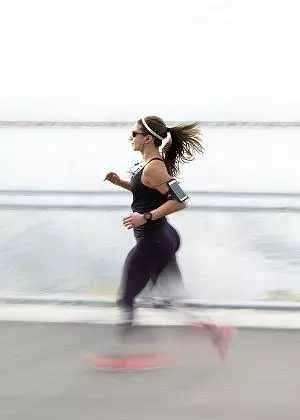
Are You Thinking of Returning to Running Postpartum?
There is not a magic time frame as each person recovers differently and the most important thing is to listen to your body.
For healthy uncomplicated pregnancies and deliveries the American College of Obstetricians and Gynecologists (ACOG) recommends women return to low-moderate intensity exercise at six weeks postpartum and eight weeks postpartum for cesarean.
After your OBGYN or midwife has cleared you to return to exercise, if you haven’t started with a Pelvic Floor Physical Therapist yet, now is a good time.
- Details
- Written by: Rita Carr
- 91 Views
Deep breathing/Pelvic Floor lengthening
Purpose: To lengthen pelvic floor and intercostal muscles (muscles of the ribcage)

How to:
- Take a deep breath in, expanding the ribcage (side to side and front to back).
- Also, imagine the pelvis expanding (side to side and front to back) with the inhale.
- You should notice a light belly rise as well.
- Exhale: The exhale component should be passive... just let go.
Read more: 4 Exercises You Need Now To Stretch Your Pelvic Floor for...
- Details
- Written by: Staff
- 7528 Views
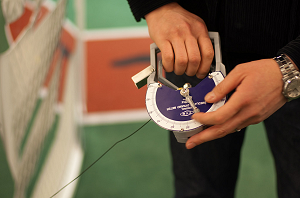
November is Bladder Health Awareness Month.
At Fusion Wellness & Physical Therapy, we take pride in understanding and applying how your whole body affects your pelvic health. In this article, we explore the links between grip strength and urinary incontinence.
A study conducted at the Jeju National University measured grip strength in patients and found statistically significant differences in patients with incontinence, overactive bladder and nocturia4. They found these patients had a weaker grip strength (less than 18kg) using a hand dynamometer.
Read more: Grip Strength and Urinary Incontinence: The Unexpected...
- Details
- Written by: Staff
- 8531 Views
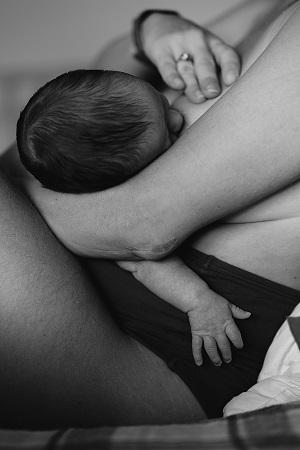
Physical therapy can help women across their lifespan. This includes support with orthopedic considerations related to breastfeeding, as well as other breastfeeding care with clogged milked ducts and noninfectious mastitis.
Symptoms & Causes of Clogged Milk Ducts and Mastitis
Breastfeeding can be a joyous time for some, but unfortunately it can be painful for others. Clogged milk ducts can be extremely uncomfortable and painful. It often arises due to not being able to drain fully, causing a back-up of milk along the mammillary ducts. It can occur when feeding sessions are interrupted or skipped, as well as when mom is under stress. One may experience symptoms such as a painful lump in the breast tissue, pain during breastfeeding that subsides after, and/or decreased milk supply from the blockage. Sometimes if unresolved, it can lead to mastitis, or infection of the breast tissue. Monitor for symptoms such as fever, swelling of breast tissue, redness of breast tissue, and escalation of pain/breast tenderness. If you start to experience these aforementioned symptoms, give your doctor a call as soon as possible.
Read more: How Physical Therapy Can Help with Clogged Milk Ducts and...
- Details
- Written by: Staff
- 7134 Views

Third Stage of Childbirth: Delivery of the Placenta
You made it!
Now, at this point you have delivered your baby and your body’s hormones have shifted tremendously! You may feel overwhelming emotions of joy and exhaustion at the same time. Oxytocin, the bonding hormone, rises sharply to compensate for the drastic drop in estrogen and progesterone. You may find yourself shivering, and this is normal immediately post-giving birth and can last up to one hour.
Delivery of the Placenta
Read more: Vaginal Childbirth Positioning Series | Part 3: Delivery...

